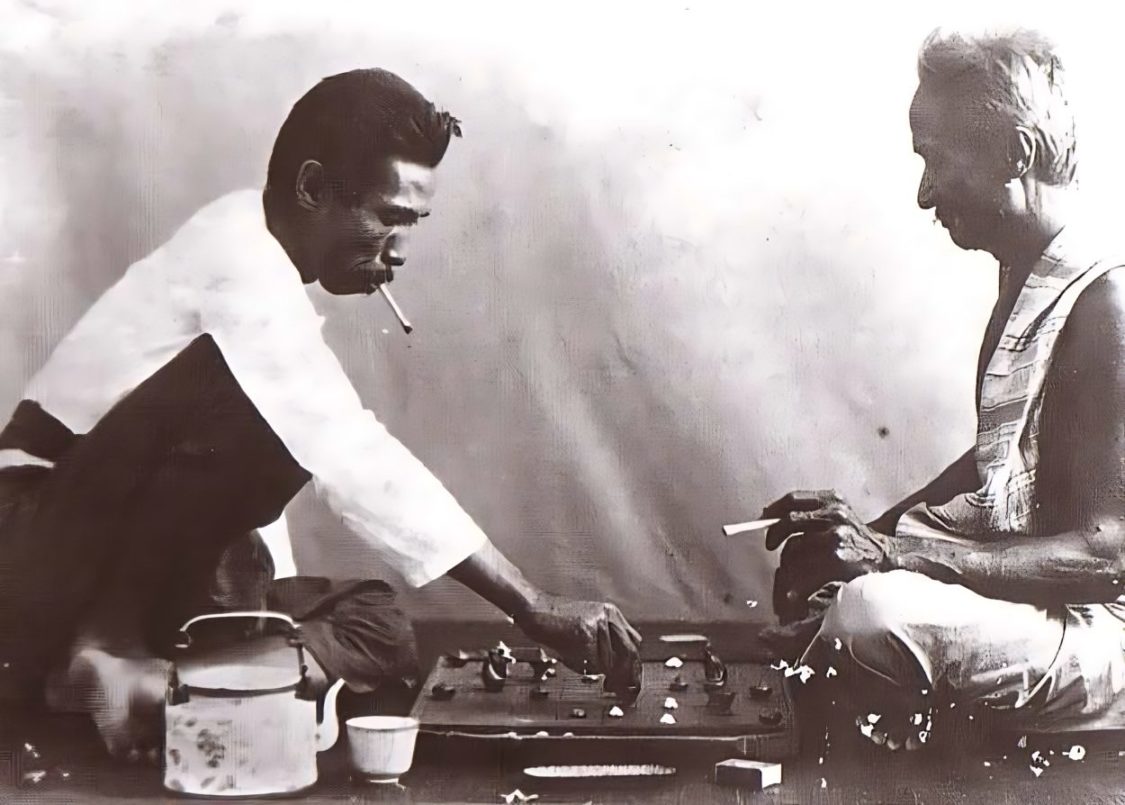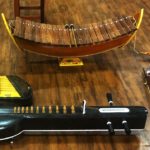Makruk Thailand: The History & Rules of Thai Chess

There is an old Thai expression that says: “Dern mâi doo dtaa máa dtaa reua” (เดินไม่ดูตาม้าตาเรือ). This saying means to walk ignorantly or blindly, not being careful to look ahead at the obvious hurdles in your path through life.
The literal translation of this saying, however, means to walk without looking at the eyes of the horse and boat. It is derived from playing the ancient Siamese board game known as Makruk (หมากรุก) or Thai Chess. World chess champion Vladimir Kramnick once stated that Makruk is a game that requires more strategy than international chess.
Archeological records show that Makruk has been played in Thailand at least since the Sukhothai period (1238 -1438). There also is evidence of it being played during the era of King Narai (1656 – 1688), who ruled over the Ayutthaya Kingdom, and that the playing of the game may have assisted him in his successful war strategy to defeat the Burmese.
Makruk (like International Chess) is believed to have been derived from the Indian game of Chaturanga, an ancient strategy board game that was a simulation of war. Makruk Thai has evolved over centuries and has unique rules and pieces that make it distinct from its Indian and Western counterparts.
How to Play Makruk in Thailand
Makruk is played on an 8 x 8 chessboard, similar in size to the international chessboard. However, the pieces and their movements are not all the same.
Khun (ขุน) or Leader: The Khun moves one square in any direction, just like the King in international chess.
Met (เม็ด) or Seed: The Met moves diagonally one square at a time. It is similar to the Queen in international chess.
Khon (โคน) or Base: The Khon moves straight ahead or diagonally one step at a time, but it can only retreat diagonally. It is similar to the Bishop in international chess.
Maa (ม้า) or Horse: The Maa moves in an L-shape: one square in any direction followed by one square diagonally in a perpendicular direction. It is similar to the Knight in international chess
Ruea (เรือ) or Boat: The Ruea moves vertically or horizontally as far as the board allows, just like the Rook in international chess.
Bia (เบี้ย) or Shell: Bia move forward one square at a time, but they capture diagonally. When a Bia reaches the opponent’s back rank, it can be promoted to any other piece except the Khun.
The objective of the game is to checkmate your opponent’s Khun (King), similar to international chess. The game is played with the same strategic principles, such as controlling the center, developing your pieces, and coordinating attacks.
The board squares of Makruk are called eyes or dtaa (ตา). So returning to the old Thai saying, “walking without looking at the eyes of the horse and boat,” this means that you are playing Makruk without taking into consideration the future movements of a horse or boat pieces.
- Affirmations in Buddhism & Thailand - June 7, 2025
- Speak Thai Naturally Without the Gymnastics - April 20, 2025
- The Best Learn Thai Podcast and YouTube Channel - April 10, 2025




